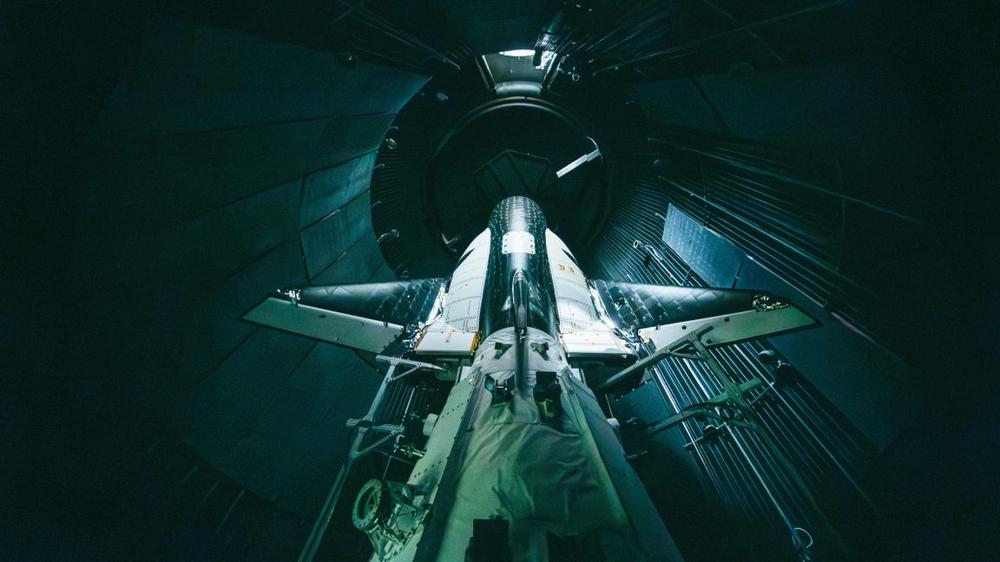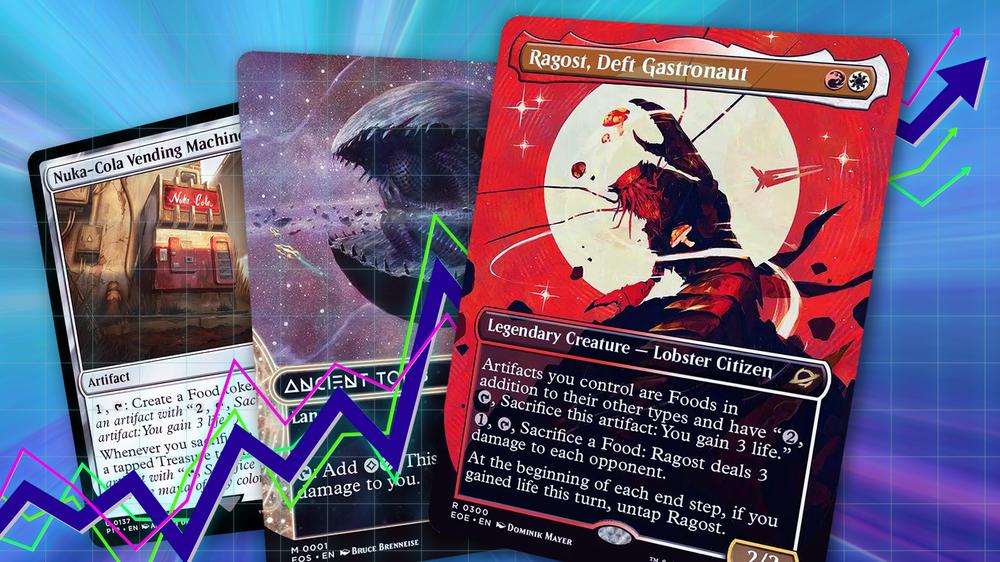When will Sierra Space's winged vehicle, Dream Chaser, finally take flight? Unfortunately, it's still not clear. Almost certainly, however, it won't be this year.
The Dream Chaser space plane has now been under development for more than two decades, and it has a huge cult following because its winged shape mimics the iconic Space Shuttle. However, during a recent news briefing, a senior NASA official would only say this about a launch date: "We will be ready for them when they're ready to fly."
The comments came from Dana Weigel, who is the program manager for the International Space Station. Sierra Space has a contract with NASA to deliver cargo to the space station, and its first flight is intended to visit the space station. Weigel was asked about Dream Chaser at a news briefing Friday, following the successful launch of the Crew-11 mission.
"They're in final assembly," she said of Sierra Space. "They're doing a lot of tests, and they're doing what I call final certification work. Some of the big key areas that they're focused on is the software certification. You've got to test end-to-end all the different software functions. So that's a big focus area for them. And then they're still working on certification in the prop system."
Propulsion system concerns
There were some notable tidbits of news in this comment. First of all, it appears that NASA has learned its lesson from the first troubled flight of Boeing's Starliner spacecraft, which had significant software problems during its debut flight in December 2019. After this experience, it appears the space agency is requiring an end-to-end test of a spacecraft's flight software prior to visiting the space station.
Additionally, there is the fact that Sierra is still working to certify Dream Chaser's propulsion system.
The spacecraft is powered by more than two dozen small rocket engines, each capable of operating at three discrete levels of thrust for fine control or more significant orbit adjustments. These thrusters consume a mix of kerosene and hydrogen peroxide propellants rather than the more common, toxic hypergolic propellants that ignite on contact with one another.
"We wanted to have a fuel system that was green instead of using hypergolics, so we could land it on a runway and we could walk up to the vehicle without being in hazmat suits," Tom Vice, then Sierra's chief executive, told Ars in late 2023. "That was hard, I have to say."
Apparently it still is because, according to Weigel, the process to finish testing of the propulsion system and certify it for an uncrewed spaceflight remains ongoing.
"We still have some of our integrated safety reviews to do, and we're in the process with updating both of our schedules to try to understand where does that really put us," she said. "And so Sierra's working on that, and so I need to wait and just get information back from them to see where they think some of that work lines out."
First mission may not berth with ISS
According to one source, Sierra is considering a modification to its first mission to shorten the certification period.
The company had planned to fly the vehicle close enough to the space station such that it could be captured and berthed to the orbiting laboratory. One option now under consideration is a mission that would bring Dream Chaser close enough to the station to test key elements of the vehicle in flight but not have it berth.
This would increase confidence in the spacecraft's propulsion system and provide the data NASA and partner space agencies need to clear the vehicle to approach and berth with the station on its second flight. However, this would require a modification of the company's contract with NASA, and a final decision has not yet been reached on whether to perform a flyby mission before an actual berthing.
It appears highly unlikely that Dream Chaser will be ready for its debut spaceflight this year for these technical reasons. Another challenge is the availability of its Vulcan launch vehicle. After years of delays, Vulcan is finally due to make its first national security launch as early as this coming Sunday. Assuming this launch is successful, Vulcan has a busy manifest in the coming months for the US Space Force.
Given this, it is uncertain when a Vulcan launch vehicle would come available for Dream Chaser, which had originally been designated to fly on Vulcan's second flight. However, because Dream Chaser was not ready last fall, that rocket flew with a mass simulator on this second launch, back in October 2024.

 Magic: The Gathering Full Release Schedule for 2025
Magic: The Gathering Full Release Schedule for 2025